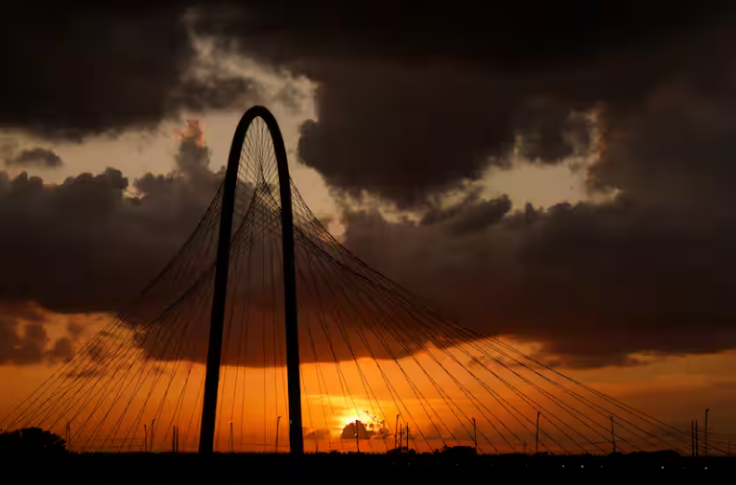
SEATTLE - What seemed to be one of the busiest hurricane seasons of recent times is now slowing down, at least for a few days, as surges of dust-laden air from Africa's Sahara Desert are calming down the waters of the Atlantic Ocean.
The push of dusty air westward across the Atlantic Basin is known as the Saharan Air Layer (SAL), a mass of very dry, dusty air that forms over the Sahara Desert during the late spring, summer and early fall. The warmth, dryness and strong winds associated with the SAL have been shown to suppress tropical cyclone formation and intensification. But this year's outbreak of Saharan dust is the highest since at least early June of 2022, according to WPLG-TV hurricane specialist Michael Lowry.
Experts say that SAL activity ramps up in mid-June and peaks from late June to mid-August, with new outbreaks occurring every three to five days. These dust-laden outbreaks can travel as far west as Florida, Central America and even Texas, and sometimes they can be as large as the contiguous United States.

Each year, around 800 million metric tons of desert dust blow up from North Africa and become the largest source of airborne dust particles on the planet, according to NASA.
The millions of metric tons of desert dust can have positive benefits such as slowing the formation of hurricanes, but they can also present a problem for people living in the Americas. Some parts of Texas are expected to be impacted by SAL as early as this weekend, sticking around until next week.
The dust can have a number of effects, such as hazy skies and colorful sunrises and sunsets, and less thundershower activity than usual for a summer day. But it can also be a problem for certain groups of the population. The dust can be particularly unhealthy for children, older adults and people with heart and lung issues.
Health experts say the dust particles can trigger symptoms similar to springtime allergies or cause respiratory irritation for people with conditions such as asthma or emphysema.
Dr. Rajiv Pandit, an Otolaryngologist in Dallas, Texas, told Fox4news.com that about 25% more patients are calling with nasal congestion, sneezing and post-nasal drip. For people showing mild symptoms, he recommends saline spray, air purifiers and nasal irrigation. He also says that limiting time outside and staying hydrated can help fight the effects of the Saharan Air Layer.
© 2025 Latin Times. All rights reserved. Do not reproduce without permission.





